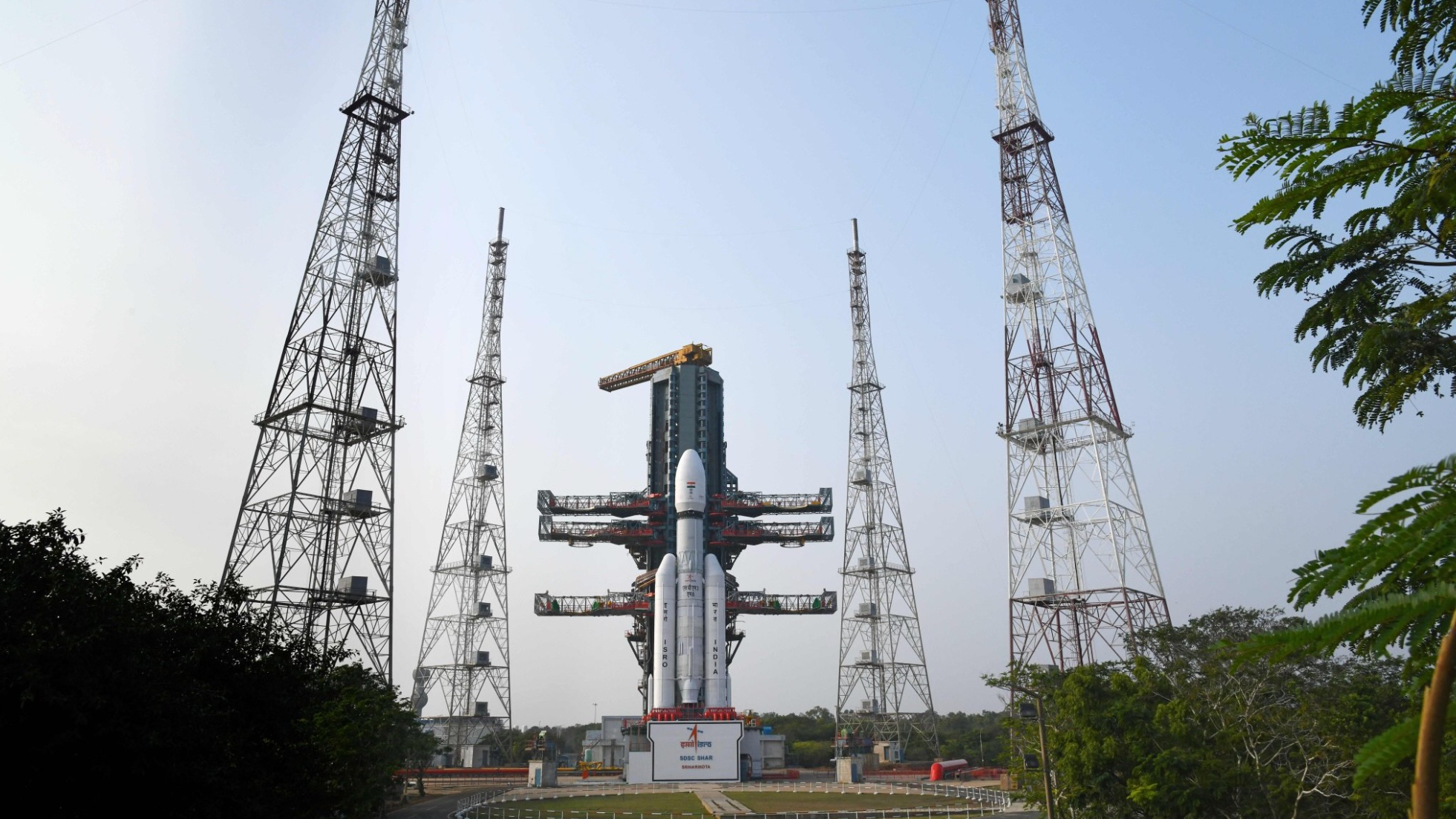Arianespace Launches for First Time Since French Guiana Protests Ended

KOUROU, French Guiana — Arianespace on May 4 completed its first launch since the end of French Guiana's five-week protest during which demonstrators seeking France's attention blocked access to the Europe's South American spaceport.
The mission, dubbed VA236, orbited two telecommunications satellites, one for Brazil and one for South Korea, on an Ariane 5 rocket from the Guiana Space Center.
Brazil's 5,700-kilogram Geostationary Defense and Strategic Communications satellite, or SGDC, separated first from the rocket, followed by the 3,700-kilogram Koreasat-7 for KTSat, the satellite arm of Korean telecom company KT Corp. Thales Alenia Space of France built both satellites.
The launch marked the return to flight for Arianespace, which resumed launching nine days after France signed the Accord de Guyane, an agreement that will see increased financial aid sent to the French territory. The disparity between standards of living in France and French Guiana became a sore point for the territory, prompting a general strike and protests that blockaded the spaceport — a power move that succeeded in getting France's attention (Arianespace made the travel arrangements for SpaceNews to cover the May 4 mission).
Seeking to complete 12 launches this year as originally planned, Arianespace shifted the launches of two other missions — the Soyuz launch of SES-15, and the Ariane 5 dual launch of ViaSat-2 and Eutelsat-172b — to May 18 and June 1, respectively. Arianespace had downtime in its schedule for those two months, but is now using that slack to launch satellites originally planned for April.
The Ariane 5 launch relieves some stress for Arianespace and its customers, several of which evacuated French Guiana during the unrest.
Brazil's SGDC satellite carries a payload of 50 Ka-band spot beams for civilian broadband services and seven X-band transponders for Brazil's defense ministry. Wikileaks' 2013 revelation of U.S. government snooping on Brazil's communications contributed substantially to Brazil's decision to have its own satellite for secure domestic communications. SGDC has a design life of 18 years, three years longer than the usual 15-year life fleet operators demand.
Breaking space news, the latest updates on rocket launches, skywatching events and more!
Visiona Tecnologia Espacial, a joint venture formed in 2013 between aircraft manufacturer Embraer and telecommunications company Telebras, ordered the satellite with the stipulation that Thales Alenia Space assist in training Brazilian engineers as part of a technology absorption program organized by the Brazilian Space Agency. Thales Alenia Space trained 30 Brazilian engineers in space industry practices during the construction of the SGDC satellite.
For KTSat, Koreasat-7 is the tip of the spear for the company's Asian expansion. The 30-transponder Ka- and Ku-band satellite covers South Korea, the Philippines, Indochina, Indonesia and India, and has an expected lifespan of more than 15 years. The operator has another satellite, Koreasat-5A, also from Thales Alenia Space, that is currently being integrated ahead of a SpaceX launch later this year. KTSat operates three other satellites today: Koreasat-5, which launched in 2006; Koreasat-6, which launched in 2010; and Koreasat-8, which launched in 2014.
This story was provided by SpaceNews, dedicated to covering all aspects of the space industry.
Caleb Henry is a senior analyst for Quilty Analytics and a former staff writer for the space industry publication SpaceNews. From 2016 to 2020, Caleb covered the global satellite industry for SpaceNews, chronicling everything from launches, spacecraft manufacturing and ground infrastructure. Caleb's work has also appeared in NewSpace Global and Access Intelligence. He earned a bachelor's degree in political science with a minor in astronomy from Grove City College.

